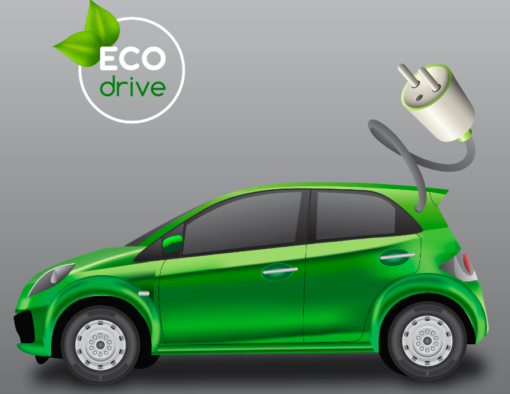Electromobility has been widely discussed for many years now. The term stands for a complex system that covers electric vehicles, the energy supply and our traffic and transport infrastructure. Whereas electrically driven bicycles have long been marketed successfully, private demand for electric vehicles is clearly lagging behind the expectations of manufacturers and legislators.

Design Freepick.com
Projections indicate that electric cars won’t be mass products by 2025, and even in 2030 most new vehicles will probably still be equipped with conventional engines. However, there is a consensus that the number of electric cars will increase, particularly within cities. It is impossible to predict how the changeover to electromobility will ultimately proceed, especially as there are currently also endeavours to develop other options, such as hybrid, fuel-cell and hydrogen-powered engines. Such changes do, of course, impact the automotive industry and its suppliers, as many parts will no longer be needed. Yet there will be a growing demand for other components, such as electric engines, charging systems, power electronics and batteries. An unmanageable number of development projects are currently in progress – also in connection with electromobility. Such a system can only operate reliably if it is supported by nationwide charging facilities which, ideally, should be powered from renewable energy sources. Other focal areas of development are the networking of vehicles among themselves and with the traffic and transport infrastructure, automated cars and the role of internet as an increasingly important component. All these changes and the resulting uncertainties pose major challenges to OEMs and suppliers. To avoid losing touch with technical developments, companies need to make pioneering decisions and be prepared to make major investments and take risks.
Electric vehicle need wire-based components
The wire and wire-processing industry can be confident about its good position, as its products – e.g. springs, screws, bolts and cables – are indispensable in any technical system. Although an electric vehicle does not need cylinder head bolts, valve springs or fuel filters, it does require other wire-based components. Electric vehicles and other electrical systems naturally need numerous electrical contacts, circuitry elements and connectors, all of them typical products of the spring industry. Furthermore, all vehicles – irrespective of the engine type – require quite a few other springs and flexible components, e.g. for the chassis, the seats and the boot. The same applies to screws and bolts. As electric vehicles are particularly in need of lightweight components, manufacturers are increasingly using composite materials which present new challenges in terms of connection technology. Some products can even be expected to sell better than before, e.g. cables and wires. After all, an electric engine is likely to need over 10% more cables than a combustion engine. Whatever direction technological change may take in the development towards electromobility, companies in the wire industry can confidently rely on their many strengths and will therefore master this transformation successfully. They are open to new materials and manufacturing methods, they are used to working with other companies in the value chain and research, they know how to develop and make entire assemblies, and they have wide-ranging expertise.
Redaction: Frank Lindner



